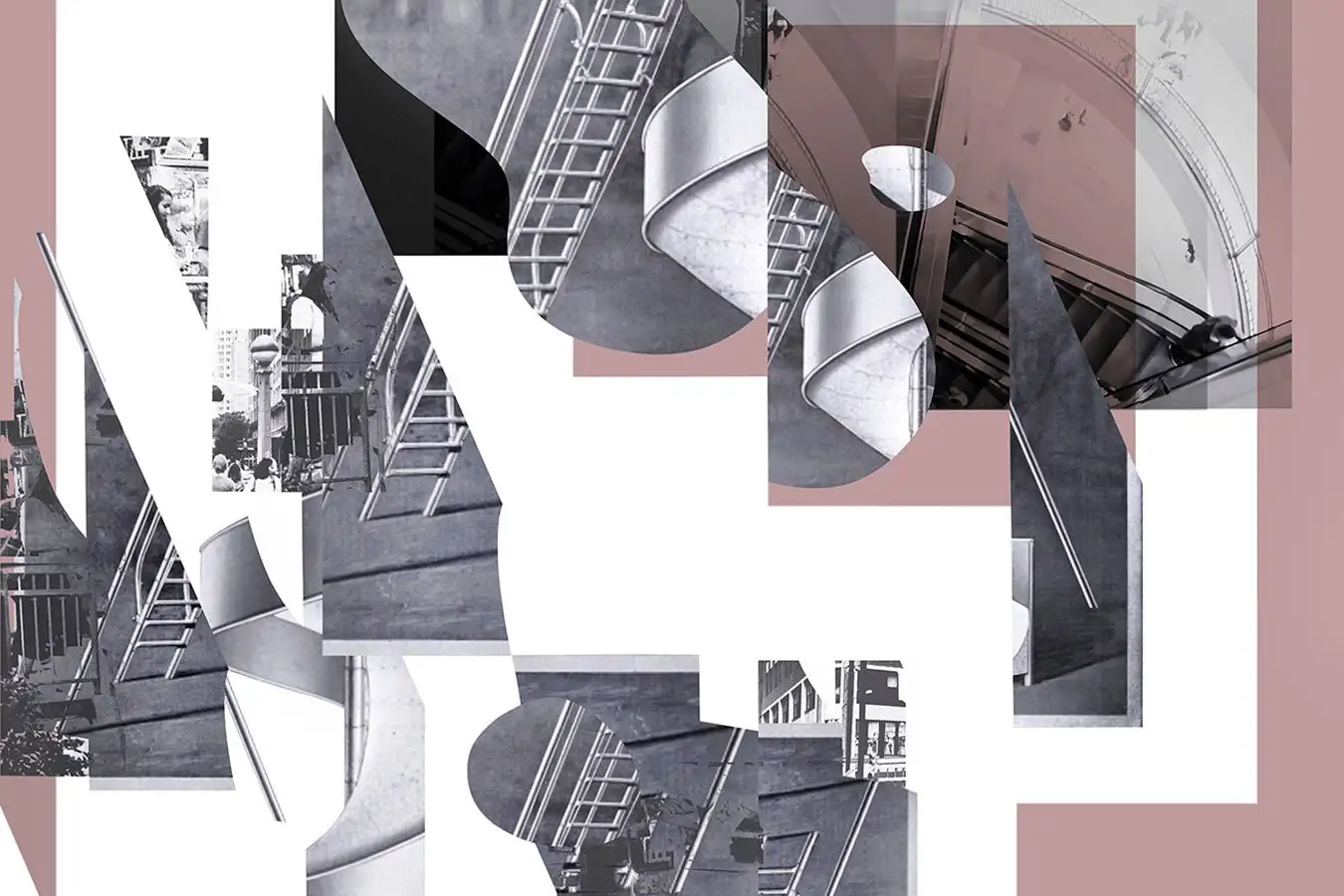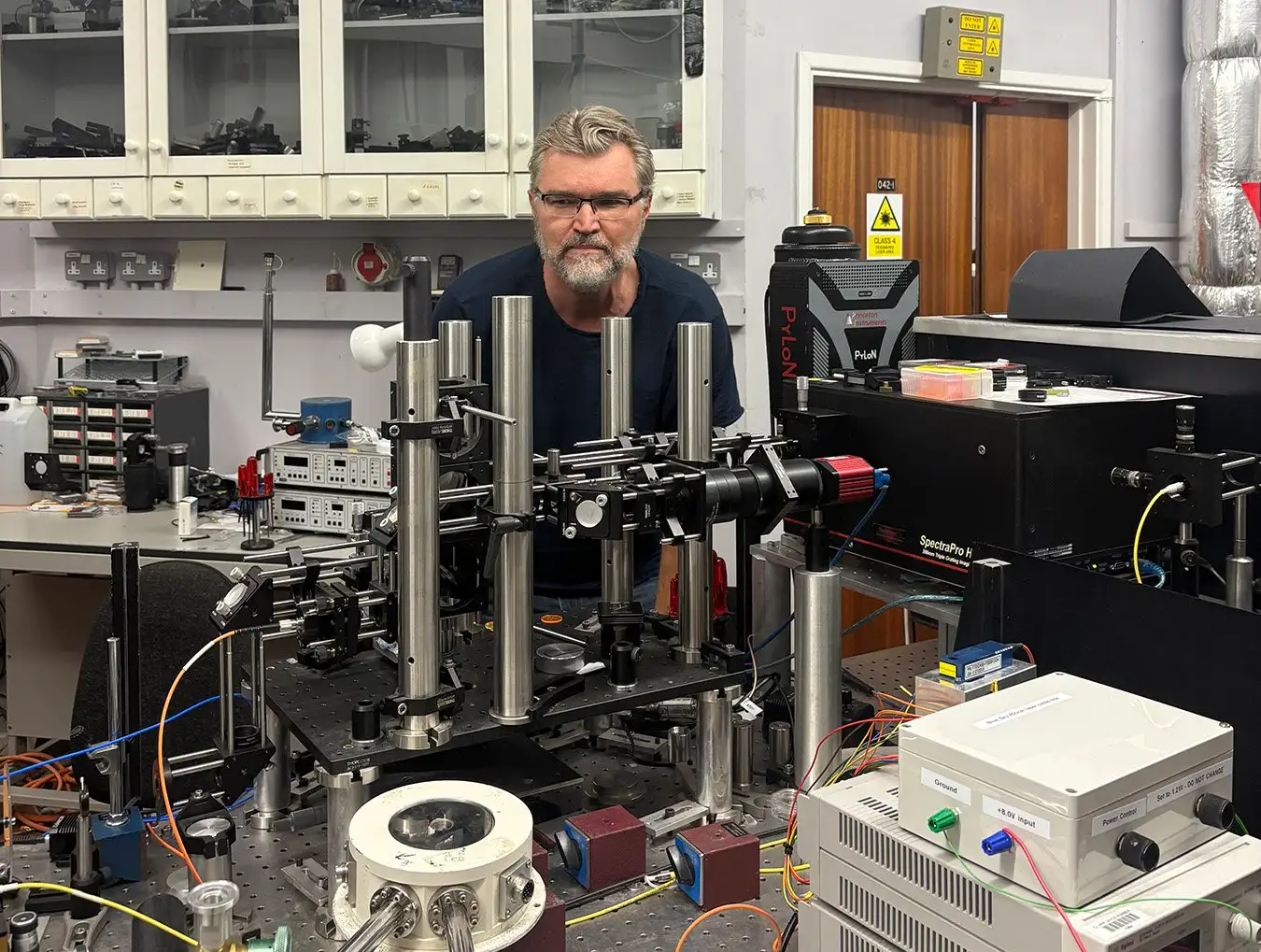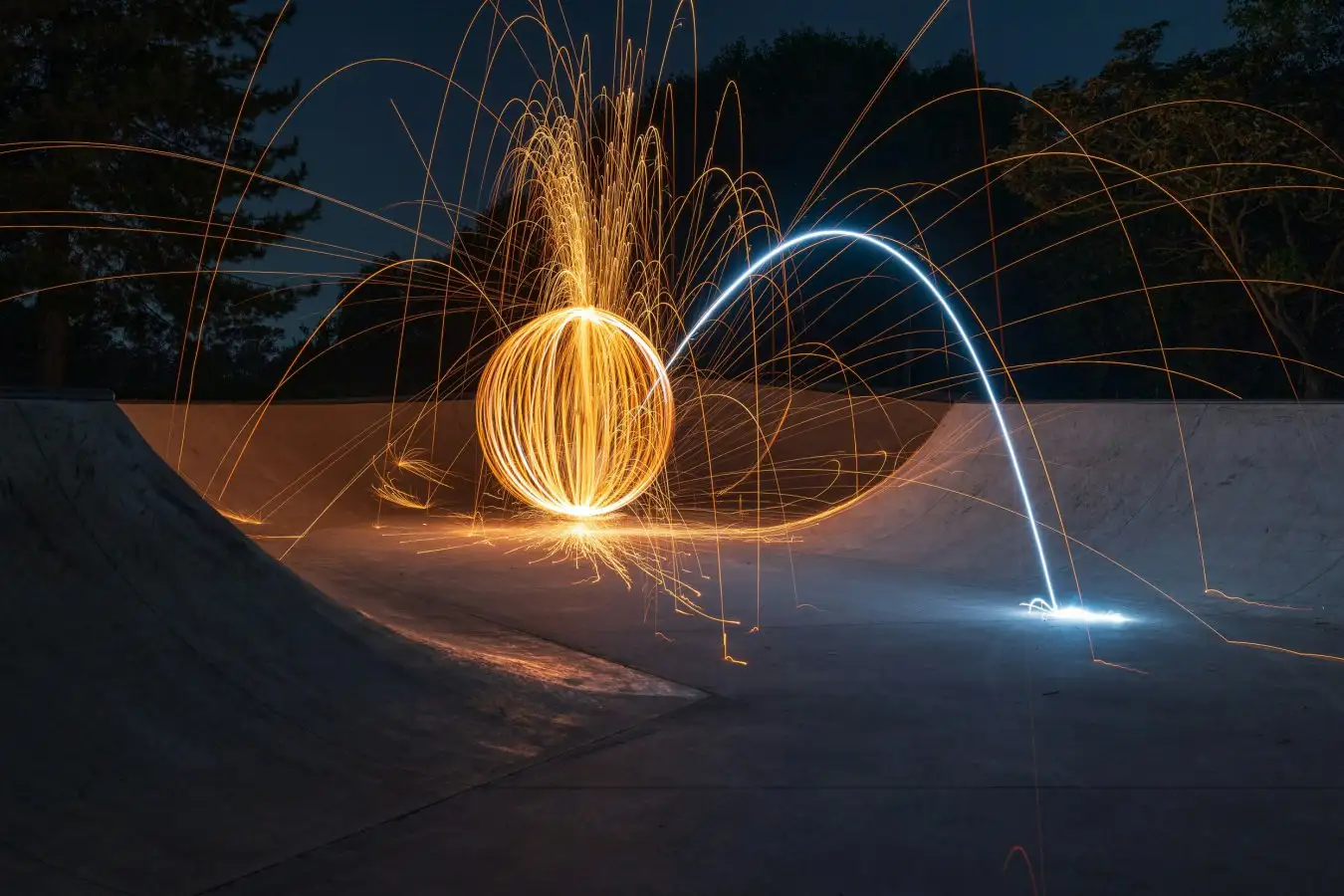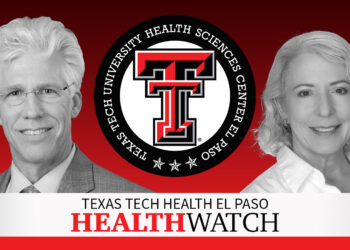
Many have pinpointed the birth of quantum mechanics to the small, treeless island of Helgoland, where a young Werner Heisenberg went in the summer of 1925. There, he sketched out the basics of what would become our most brilliant and successful way of explaining reality. At the heart of his approach was the decision to focus exclusively on what observers would find when they measured particles.
It was a flash of genius – but it has also tied physicists up in knots for 100 years. Much of the trouble comes down to questions about what an observer is and what exactly constitutes an observation. Are we to believe that reality is somehow contingent on us looking at it?
I believe it is now time to move on from this metaphysical mess. I have thought about quantum theory for much of my career and I have come to believe we don’t need observers – it makes no sense to talk about them. There is a much more consistent and reasonable way to describe the quantum world that I would like to share with you now, together with the three clinching experiments that can prove my case.
While this framework, in my opinion, makes a lot of logical sense, it takes us into unfamiliar territory. It’s not just observers that don’t exist – there are no particles either. And space and time? Well, we will get to them. These are deep waters, to be sure, but it is worth wading in because, as we do so, we find clues to what might lie beyond quantum theory as we know it.
To begin with, let’s take a whistle-stop tour of modern physics and the spider’s web of problems it creates. Observers were a key tenet of physics long before quantum mechanics: indeed, they played a crucial role in Albert Einstein’s development of both special and general relativity. The latter theory says that space and time are melded together in the fabric of space-time, and it is the bending of this fabric that creates gravity. I will challenge this view later, but one implication of the original idea is that observers in places where the curvature of space-time is different will experience time passing at different relative speeds.
When we teach relativity, we often talk about observers in this way, imagining them as people. But the truth is that the time experienced by any moving object (even, say, an atom) will change with respect to objects in differing gravitational fields. These differences needn’t be recorded by observation, so we don’t need a special category of “observers”.

Teachers of physics often talk about “observers”, but they may ultimately be a misleading concept
Titipong Makkarach/Getty Images
General relativity is the first of the two pillars of modern physics, the other being quantum theory itself. The essence of the theory is that reality is divided into discrete chunks at the most fundamental level. For example, when atoms take in or spit out energy, it happens in packets of a certain size, not continuously. But observers are baked into quantum theory too, because it distinguishes between particles before and after “observation”. Beforehand, we describe them using the wave function, an equation that sets out a range of possible properties – a superposition. Afterwards, this is said to “collapse” into a specific value.
The trouble is, this gives rise to all sorts of questions, the most basic of which is how and why collapse happens. It also creates paradoxes, such as Wigner’s friend, dreamed up decades ago by physicist Eugene Wigner. He imagined a “friend” inside a sealed lab making a quantum measurement while he himself waited outside. The problem comes when we compare the two people’s descriptions of reality. Wigner hasn’t observed anything, so the whole lab is described by the fuzzy wave function. Yet, for his friend, there is a definite outcome. With this paradox, Wigner was asking how we know when an observation becomes definitive.
Some physicists think we need to tweak quantum theory to deal with all this. But not me. To explain how I think about it, we need to grasp the phenomenon of entanglement, which Erwin Schrödinger called quantum theory’s “characteristic trait”. Quantum entanglement is often seen as mysterious, but it is really just a special link between two quantum objects such that when you measure one, you immediately know something about the other’s properties. Here’s the key point: when we talk about “observations”, what we are really referring to, in my opinion, is the moment two systems become entangled with each other. Although the thing that gets entangled can be a person – an “observer” – it doesn’t have to be.
Let me give you an example. There is a famous experiment in which a particle of light, or photon, in superposition goes through two slits in a screen at the same time, creating an interference pattern when it hits a second screen. But if we observe which slit the photon goes through, then no interference takes place. Before you conclude that our observation collapses the superposition, bear in mind that if we entangle anything else with the photon in a way that reveals which slit it takes, we get the same effect.
So we should stop talking about “observers” and instead talk about entanglement. By the way, this view dissolves the question Wigner raised with his paradox, too. There is no “ultimate” observer – there are no observers at all. What really happens is that the system and observer (just another system) become entangled.
What I would like you to take from all this is that quantum theory already contains everything we require to understand reality. We only need to take its full implications seriously – even if they appear strange. So, let us now explore where that takes us, starting with a central idea in physics: particles.
The unreality of particles
To grapple with this concept, the first things we need to deal with are fields. A field is an entity that exists everywhere and changes over time, an idea originally introduced by Michael Faraday in the first half of the 19th century. In classical electromagnetic field theory, the electric and magnetic field values are ordinary (or classical) numbers called c-numbers, as in 5 metres. Each point in space has three electric field numbers and three magnetic field numbers assigned to it.
In quantum theory, we instead talk about quantum fields where every point in space is described not by single numbers, but instead tables of numbers. These tables are called quantum numbers or q-numbers. This is why many people take Heisenberg’s 1925 paper as the beginning of quantum physics: he was the first to propose upgrading the positions and momenta of particles to q-numbers. This difference between c-numbers and q-numbers is simple but profound – we will come back to it later.
However, not everyone is prepared to take seriously the full implications of quantum fields. When physicists took the classical electromagnetic field and quantised it, this implied the field could oscillate in more modes than was previously possible. In the quantum field, there are four of these modes and the theory predicts that the field should be able to manifest as particles, in this case photons, in each one. But here’s the weird thing: we can only ever detect photons in two of these modes. The other two cancel out and aren’t detectable, even in principle. These “ghost” photons are therefore unobservable yet unavoidable.
Philosophically troubling? Perhaps. But this isn’t unusual. Much of science works this way. We postulate things because the explanatory power of a theory would fall apart without them.
I don’t think we should sweep these oddities under the table, but should embrace them. Chiara Marletto, my colleague at the University of Oxford, and I have suggested that even though these ghosts can’t be directly detected, they should get entangled with electrons under certain circumstances and this entanglement could, in principle, be detected. As we set out in a 2023 paper, you could do this by putting an electron into a superposition, whereupon, if we are right, it should get entangled with the ghosts, and this would be detectable with the right kind of careful measurement. It is a challenging experiment, but certainly one that lies within the reach of existing technology. It would be a quantum equivalent of seeing a ghost.

Vlatko Vedral working on an entanglement experiment in the lab
Sunny Tiwari
What would it mean if this experiment showed that these ghosts can be entangled, as I fully expect it would? The most basic thing we normally think of as capable of being entangled is a particle. But ghosts can’t truly be considered particles. All they are, in truth, is q-numbers in an equation. But that, for me, is precisely the point. It is the q-numbers that are fundamental, not the human conception of a “particle”. It just so happens that particles have q-numbers, and that has misled us into thinking the former are the fundamental elements of reality, when it is actually the latter.
There is another layer of sophistication that reinforces my argument that particles aren’t real. Let’s consider an individual particle, say an electron. In the language of vanilla quantum theory, we would say that, before we measure this particle, it is in a superposition of states. It is both here and there, and both possibilities are described by q-numbers. But now change your perspective. If q-numbers are the essence of reality, these two q-numbers can be entangled with each other. Put another way, you might say that a particle in superposition can be “entangled with itself”.
Not all physicists would accept this is possible, but more than 15 years ago, I proposed an experiment that can determine the truth, this time with my colleague Jacob Dunningham, now at the University of Sussex, UK. Take a single particle and make its state delocalised, so that it is in a superposition of two different physical locations. To experimentally verify whether the superposition is entangled, you need to make separate measurements in the two different locations and check if they violate an equation called Bell’s inequality, the hallmark of entanglement.
There is already some evidence that this single-particle entanglement occurs. Experiments conducted by Björn Hessmo at the KTH Royal Institute of Technology in Sweden and his colleagues in 2004 showed that individual photons split between two positions do violate Bell’s inequality. Photons, in other words, aren’t fundamental elements of reality – it is their q-numbers that matter. Still, photons are massless and no one has yet done this with an object with mass, such as an atom or even a much lighter electron, because those experiments are challenging. But there is no doubt in my mind that the outcome would be the same.
Are space and time real?
Now we are ready to talk about space and time. Some people think of this as the last frontier of physics, and it is related to the field’s biggest open problem, namely that of combining those two pillars of physics, general relativity and quantum theory, into a theory of quantum gravity. Since I have so far argued that we should think of everything as being made up of q-numbers, you might anticipate that space and time should be quantum too. Indeed, many researchers think this.
But here I take a more radical view: space and time don’t exist at all. Like “observers”, they are convenient labels – bookkeeping devices – but there are no physical entities corresponding to them. Therefore, quantising gravity doesn’t mean quantising space-time, it means quantising the gravitational field (upgrading Einstein’s c-numbers into q-numbers) in the same way that other fields are quantised.
“
I take a more radical view: space and time don’t exist at all
“
This might seem a subtle point. After all, in general relativity, the gravitational field is thought of as being nothing more and nothing less than bending space-time. But this is where I put a twist on things: what bends isn’t space or time, but fields like the electromagnetic field that holds all matter together. Atoms, molecules, clocks and rulers are all bound by electromagnetism. The job of the gravitational field is to couple to these fields and tell them how to bend. For convenience, we talk about these fields being laid across an invisible grid we call space-time. That’s fine, but let’s not fool ourselves into thinking space-time is fundamental.
Some of my colleagues may consider this pretty extreme, and I admit it is hard to think of any experiment at present that could prove I am right. But for me, this is all part of taking quantum theory at face value. I am suggesting that gravity should be just like any other quantum field.

Along with space, time and observers, it seems that particles may not be a fundamental ingredient of reality
Pete Godfrey/Unsplash
So: no particles, no space, no time. Instead, I think the basic ingredient of nature is the q-number. To finish, let’s explore how fully embracing this principle might lead us towards new insights. What I am about to say brings to mind the story of when philosopher Bertrand Russell had a cosmology lecture interrupted by an attendee who claimed that the universe is carried on the back of a gigantic cosmic turtle. When Russell asked her what the turtle stands on, she replied: “It’s turtles all the way down!” My proposal is similar, although no turtles are involved.
When we talk about how quantum fields interact, we use a piece of mathematics called the quantum Hamiltonian. It has long bothered me that these Hamiltonians mix q-numbers with ordinary c-numbers – for example, physical constants such as the speed of light or the electron charge. This is routine, but it doesn’t seem right to me. Over the past century or so, physicists took classical equations and made some bits of them quantum. But wouldn’t it be neater, and in the spirit of the philosophy I have been espousing, if our equations were quantum through and through?
I’m not the first to think like this. In the 1980s, physicist David Deutsch proposed eliminating c-numbers altogether, making all the quantities in quantum Hamiltonians into q-numbers. Doing this, however, would have strange consequences. Let’s take just one of the possibilities and look at the speed of light, which we currently treat as a simple c-number. If we turned this into a q-number – which, remember, always describes a point in a quantum field – this would imply that there is some new quantum field connected to the speed of light. It would be a bit like what happened when we quantised the electromagnetic field and got those pesky ghosts, a suggestion that there is more to reality than we thought.
This general idea can be subjected to experiment. If there are extra quantum fields out there, particles should be capable of becoming entangled with them. Imagine, for example, you maximally entangle an atom and a photon. If there is another field out there that mediates this interaction, it should join the party and create a three-body entangled system. The result would be that the strength of the entanglement between the photon and the atom would be weaker than expected. In 2022, Jim Franson at the University of Maryland, Baltimore County, proposed one method for detecting this entanglement – it is conceptually quite similar to the experiment I imagined for detecting the ghosts. No one has performed this so far, but it is technologically possible.
In principle, we could imagine taking quantisation to an even deeper level. Q-numbers are tables of numbers, and you could easily “upgrade” all of the ordinary numbers in those tables to be q-numbers themselves – and then do the same again. Tables of tables of tables. In this view, it isn’t turtles, but rather q-numbers, all the way down.
Philosophers hate infinite regress. But nature is under no obligation to respect our philosophical scruples. The universe may simply be a bottomless pit, offering physicists an inexhaustible supply of mysteries.
Topics:
Source link : https://www.newscientist.com/article/2500081-no-space-no-time-no-particles-a-radical-vision-of-quantum-reality/?utm_campaign=RSS%7CNSNS&utm_source=NSNS&utm_medium=RSS&utm_content=home
Author :
Publish date : 2025-10-27 16:00:00
Copyright for syndicated content belongs to the linked Source.














